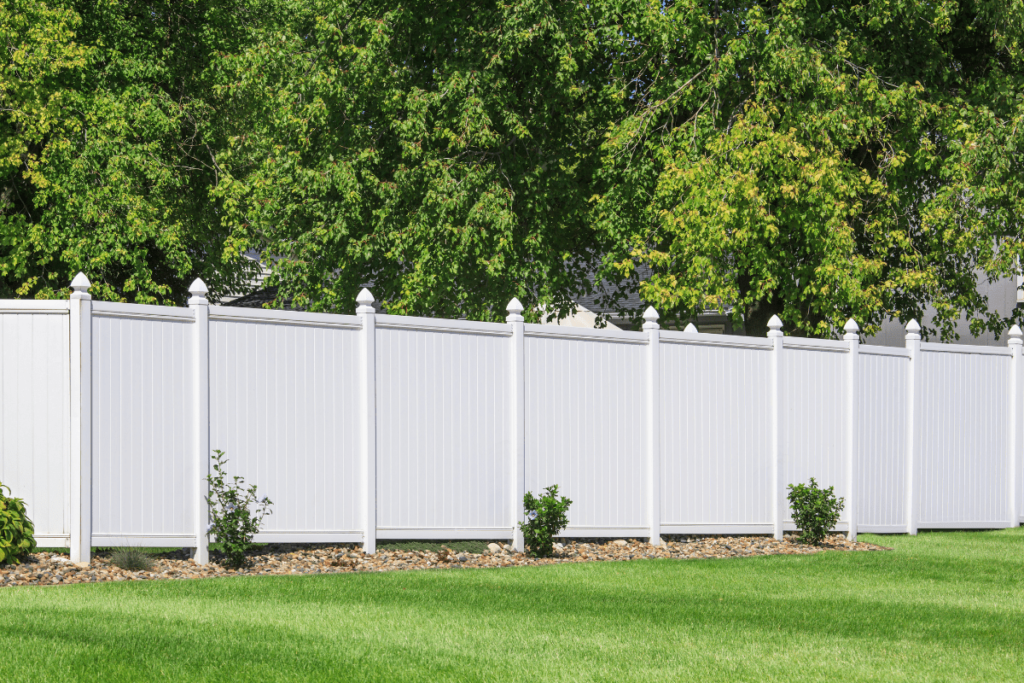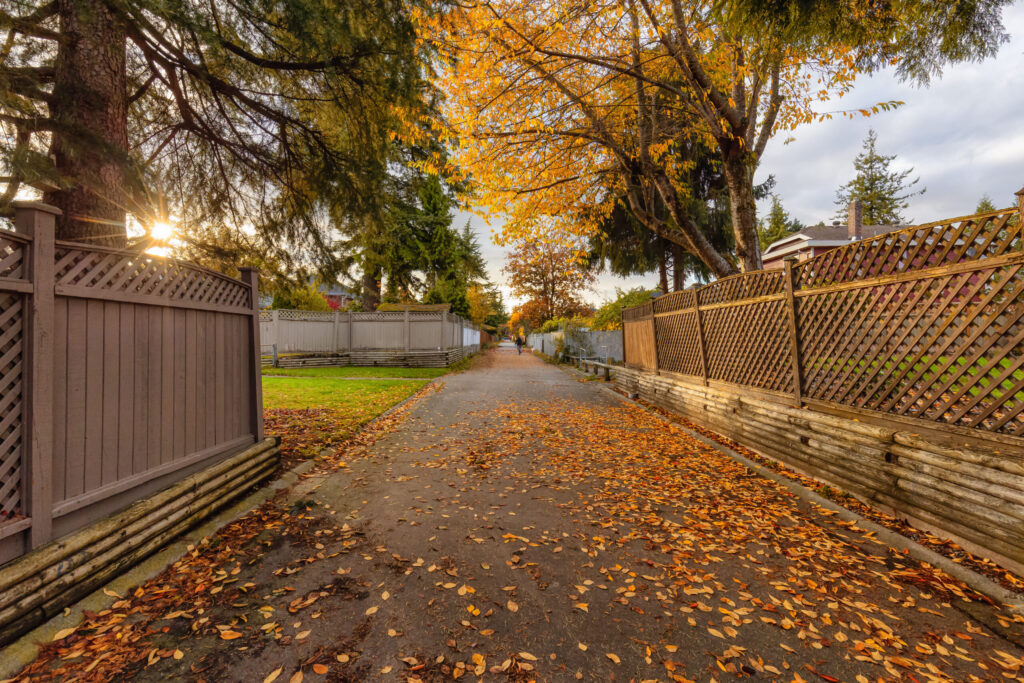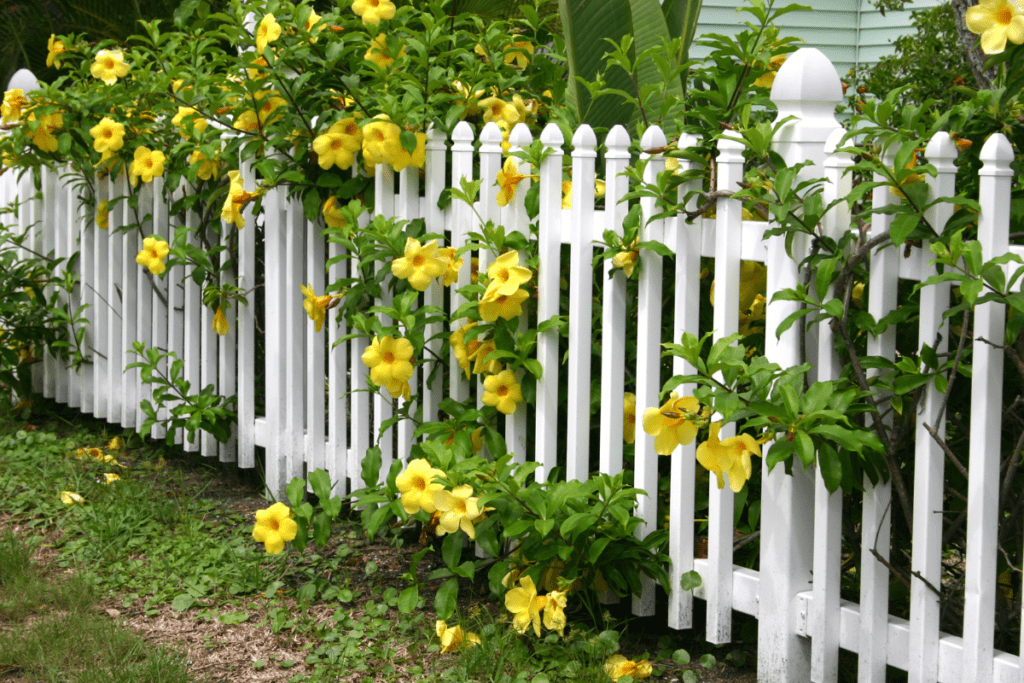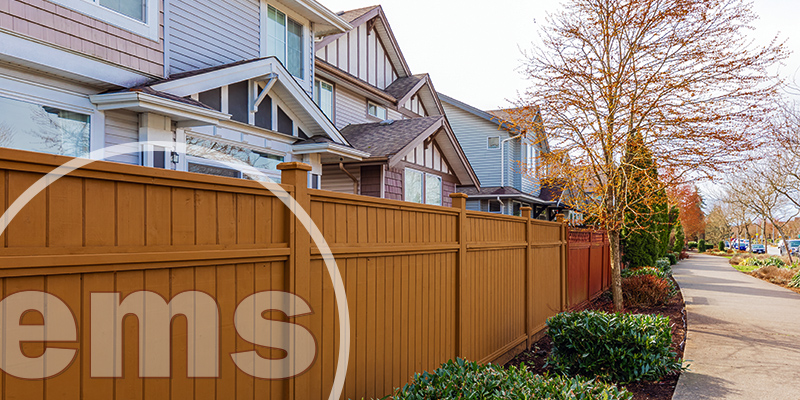In this article, we will be discussing the understanding of neighborhood and Homeowners Association (HOA) fence regulations. You will learn about the different types of fences, their sizes, shapes, and materials used in their construction. We will dive into the intricacies of selecting the right fence for your specific needs, whether it’s for privacy, security, backyard enclosure, or decorative purposes. Additionally, we will cover the importance of considering property size, desired level of enclosure, and architectural considerations when choosing the size and shape of a fence. At the end of each post, we will provide 10 frequently asked questions about fences and their answers.
Understanding Neighborhood and HOA Fence Regulations

Introduction to Neighborhood and HOA Fence Regulations
Neighborhood and Homeowners Association (HOA) fence regulations are rules and guidelines that govern the installation, design, and maintenance of fences within a particular community. These regulations aim to maintain the aesthetic appeal of the neighborhood, protect property values, and ensure the safety and privacy of residents. Understanding these regulations is essential if you are planning to install a fence on your property.
Common Restrictions on Fence Height
One of the most common factors regulated by neighborhood and HOA fence regulations is the height of the fence. These regulations are typically put in place to maintain a consistent and harmonious appearance throughout the community. The permitted fence height can vary depending on factors such as the location of the property, the type of fence, and the purpose of the fence. It is crucial to review the specific regulations of your neighborhood or HOA before installing a fence.
Permissible Fence Materials
Neighborhood and HOA fence regulations often specify the allowed materials for fence construction. These regulations aim to uphold the desired aesthetic and architectural theme of the community while ensuring durability and longevity of the fences. Commonly permitted fence materials include wood, vinyl, metal, and composite materials. However, some communities may have specific restrictions on certain materials, such as prohibiting chain-link fences or requiring certain paint colors for wooden fences. It is important to consult the regulations to ensure compliance with the acceptable fence materials.
Guidelines for Fence Styles and Designs
In addition to the height and materials, neighborhood and HOA fence regulations may also provide guidelines for fence styles and designs. These guidelines aim to maintain a cohesive visual appearance throughout the community. For example, certain architectural styles may require fences to have specific patterns or decorative elements. Additionally, there may be restrictions on the use of certain design features or materials that are considered visually obtrusive or incompatible with the overall aesthetics of the neighborhood.

Requirements for Fence Installation
Neighborhood and HOA fence regulations may outline specific requirements for fence installation. These requirements often address factors such as setback distances from property lines, the method of fence installation, and the need for permits or approvals before installation. It is crucial to adhere to these requirements to avoid potential penalties or disputes with neighbors or the HOA. Consulting the regulations and seeking necessary approvals before commencing fence installation is essential to ensure compliance with the regulations.
Considerations for Fence Maintenance
Neighborhood and HOA fence regulations may also include guidelines for the maintenance of fences. These guidelines typically require homeowners to keep their fences in good condition and repair any damage promptly. Additionally, regulations may specify the type and frequency of maintenance tasks such as painting or staining, cleaning, and repairing any structural issues. Regular maintenance of fences not only helps comply with the regulations but also contributes to the overall appearance and longevity of the fence.

Dealing with Fence Disputes
Fence disputes can arise when there are disagreements between neighbors regarding the location, appearance, or maintenance of fences. Neighborhood and HOA fence regulations often provide guidance on how to handle these disputes. It is advisable to attempt to resolve any issues through open communication and compromise. In cases where disputes cannot be resolved amicably, mediation or arbitration may be necessary. Familiarizing yourself with the dispute resolution processes outlined in the regulations can help navigate such situations effectively.
Process of Obtaining HOA Approval for Fences
If your property is governed by an HOA, it is crucial to obtain proper approval before installing a fence. The process of obtaining HOA approval typically involves submitting an application that includes details such as the fence type, height, materials, and design. The HOA will review the application to ensure compliance with the neighborhood guidelines and regulations. It is important to submit all required documentation accurately and adhere to any review timelines specified by the HOA. Failure to obtain HOA approval can result in fines or removal of the fence.

Evaluating the Impact of Fence Regulations on Property Values
Neighborhood and HOA fence regulations can have a significant impact on property values. Well-maintained and aesthetically pleasing fences can enhance the curb appeal and overall desirability of a property. On the other hand, fences that do not comply with the regulations or are not properly maintained can detract from the visual appeal and potentially lower property values. Before installing a fence, it is important to consider the impact of the regulations on your property and consult with real estate professionals to understand how it may affect its marketability and value.
Tips for Navigating Neighborhood and HOA Fence Regulations
Navigating neighborhood and HOA fence regulations can seem overwhelming, but following a few key tips can help simplify the process:
- Read and understand the neighborhood or HOA regulations thoroughly.
- Consult with neighbors who have installed fences to gather insights and learn from their experiences.
- Prioritize clear communication with neighbors and the HOA to address any concerns or questions proactively.
- Seek professional guidance from fencing contractors or real estate agents who have knowledge about local regulations.
- Plan your fence design and materials carefully to ensure compliance with the regulations while meeting your specific needs.
- Keep accurate records of the fence installation process, including any permits or approvals obtained.
- Regularly maintain and repair your fence to ensure compliance with maintenance guidelines and regulations.
- Stay updated on any changes or updates to the neighborhood or HOA regulations that may impact your fence.

Resources for Additional Information on Fence Regulations
If you require more information or specific guidance on neighborhood and HOA fence regulations, consider utilizing the following resources:
- Local city or municipality websites: They often provide information on local fencing regulations.
- Homeowners Association: Refer to your HOA’s official documents, guidelines, or contact the board for specific fence regulations.
- Fencing contractors: Professionals in the industry can provide insights and expertise on navigating fence regulations.
- Real estate agents: They can offer guidance on understanding the impact of fence regulations on property values.
- Online forums and communities: Joining online groups or forums dedicated to homeownership and fencing can provide valuable insights and advice from experienced individuals.
Case Studies: Examples of Neighborhood and HOA Fence Regulation Challenges
- Case Study 1: John, a homeowner in a suburban neighborhood, installed a fence without seeking proper HOA approval. After receiving a notice of non-compliance, he had to pay fines and modify the fence according to the regulations.
- Case Study 2: Sarah, a homeowner in a historic district, wanted to install a fence but had to go through an extensive design approval process with the local historic preservation board. After several revisions, her fence design was approved, and she successfully installed it without any compliance issues.
Importance of Staying Updated on Fence Regulations
Neighborhood and HOA fence regulations can change over time. It is important for homeowners to stay updated on any changes or updates to avoid compliance issues. Changes in regulations may impact the installation, maintenance, or even the permissible materials for fences. Staying informed and regularly consulting the neighborhood or HOA guidelines will help ensure ongoing compliance with the regulations.
Conclusion
Understanding neighborhood and HOA fence regulations is crucial when planning to install a fence on your property. These regulations address important factors such as fence height, materials, design, installation requirements, and maintenance guidelines. By following these regulations, you can contribute to the overall aesthetic appeal, property values, and harmony of your community. Stay informed, communicate openly, and seek professional guidance to navigate through these regulations successfully.
Frequently Asked Questions:
-
Can I install a fence without obtaining permission from my HOA?
- It is highly advisable to seek proper approval from your HOA before installing a fence. Failure to do so may result in fines or the requirement to remove the fence.
-
How can I determine the maximum allowable fence height in my neighborhood?
- The maximum allowable fence height can typically be found in your neighborhood or HOA regulations. Reviewing these guidelines is essential to ensure compliance.
-
What are some common fence materials that are allowed in most neighborhoods?
- Commonly permitted fence materials include wood, vinyl, metal, and composite materials. However, it is important to consult the specific regulations of your neighborhood or HOA to confirm the acceptable materials.
-
Can I customize the design of my fence within the guidelines set by the neighborhood or HOA?
- In most cases, you can customize the design of your fence within the guidelines and restrictions outlined in the regulations. However, it is important to obtain proper approvals before making any modifications.
-
What steps should I take if I have a dispute with my neighbor regarding a fence?
- Open communication is key when dealing with fence disputes. Attempt to resolve the issue through discussion and compromise. If a resolution cannot be reached, mediation or arbitration may be necessary.
-
How long does it typically take to obtain HOA approval for a fence?
- The timeline for obtaining HOA approval can vary depending on the specific HOA and its processes. It is advisable to consult with your HOA and allow for sufficient time for the review and approval process.
-
Do I need a permit to install a fence?
- Some neighborhoods may require permits for fence installation. It is important to check with your local city or municipality to determine if a permit is necessary.
-
How often should I maintain my fence to ensure compliance with regulations?
- The frequency of fence maintenance can vary depending on the regulations and the materials used. It is generally recommended to inspect and maintain your fence regularly to ensure compliance and maximize its lifespan.
-
What are some potential consequences of not complying with neighborhood or HOA fence regulations?
- Consequences of non-compliance can include fines, notices of non-compliance, and requirements to modify or remove the fence. These consequences can vary depending on the specific regulations and the enforcement policies of the neighborhood or HOA.
-
Can I make changes to my fence after obtaining HOA approval?
- Any changes made to the fence after obtaining HOA approval should be communicated and approved by the HOA. It is important to adhere to the guidelines and restrictions specified in the original approval to avoid compliance issues.
